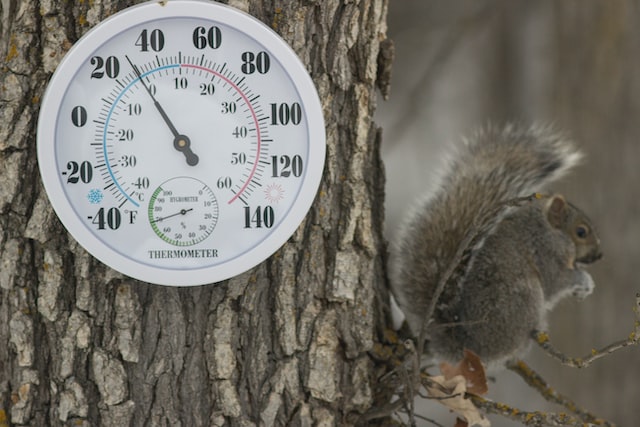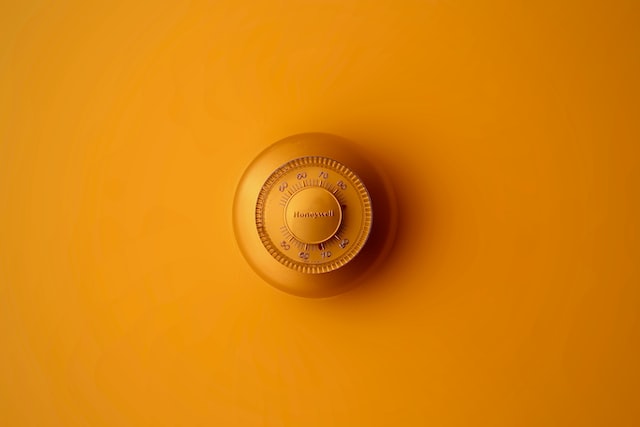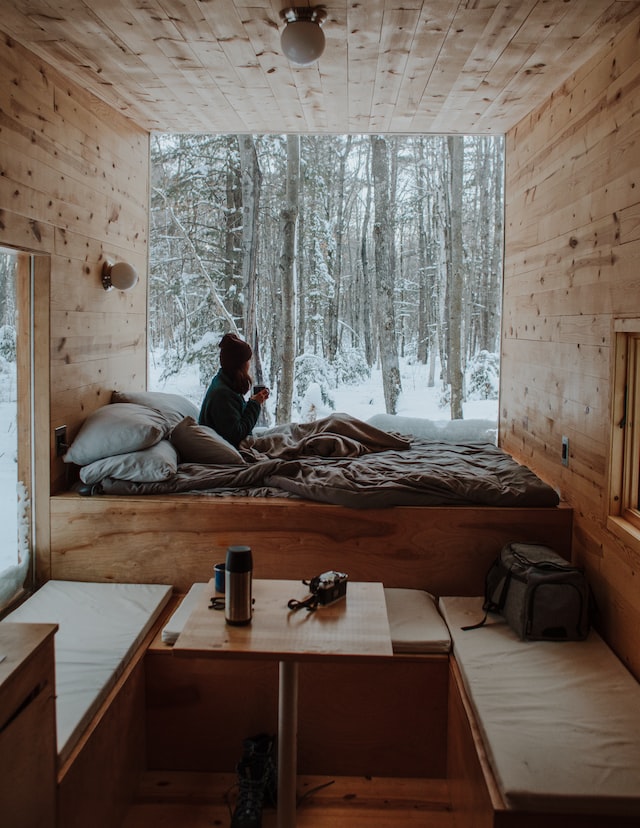
December 18, 2025
There’s No Place Like Home: Practical Tips for Aging in Place Gracefully


As we continue through this stormy season with a steep drop in temperature, let’s take a minute to address the risks for the elderly that come with these weather conditions – more specifically, hypothermia. There are many factors that go into why an older body is more susceptible to such an illness compared to others. One reason being is it gets increasingly difficult for your body to regulate temperature as you age and become less physically active than you once were.
Certain diseases such as diabetes and some medications can also impact the way one’s body recognizes and reacts to cold weather. Thus, it is important to recognize (among countless other) these factors. What feels like a bearable chill can actually be a danger to the aging population.
What are some of the things that we can do to prevent hypothermia?

The easiest preventative measure in this regard is to simply turn on the heating system. Considering the cold sensitivity or lack thereof of the person at risk, it may be ideal for their home to retain a consistently warm and comfortable temperature.

Something to be cautious of is temperatures from 60 to 65 degrees Fahrenheit which could trigger hypothermia in some elderly. According to the National Institutes of Health, the recommended setting for the thermostat in this case would range between 68 and 70 degrees. However, given how expensive it has become to rely on a consistent indoor heat, this may not always be a solution for others.

Of course, there are other practical measures that the elderly can take to keep their body temperature stable. If you are a primary caregiver, ensure that the one in your care is dressed in multiple loose layers of clothing to stay warm. It’s important to note that the clothes should not be tight, as that can restrict blood flow and cause the body to lose heat faster. Ideally, the layers should be easy for them to shed if they start feeling too hot, yet be secure enough to ensure they can retain enough heat to be comfortable and fight off the cold. Jackets, hats, scarves, and gloves can be yours and their best friends. Blankets of all kinds are, of course, recommended especially if the person in question is bedridden.

If your loved one can tolerate activities, it may be beneficial to get them to do some light exercise in the form of a short walk or stretching. Getting their blood to flow will keep them from getting too cold and will also ensure their limbs don’t go stiff either. A few minutes per day can make such a huge difference!
Another seemingly trivial step a caregiver can take is ensuring they have warm food and drink available. Soup and tea are ideal in ensuring they receive a healthy diet while keeping them warm during mealtimes and otherwise. However, be wary of the temperature of these items since it’s equally important to avoid potential burns that may occur as a result of them spilling anything on themselves.
All in all, preventing hypothermia in the elderly – as with most care that pertains to them – is a matter of being cognizant of their needs. The effort that goes into testing ways to cater to them in order to find the best fit that keeps them safest is one that will go a long way in the grand scheme of caregiving. Let’s be mindful this winter season and keep our loved ones comfy and cozy!
Images from unsplash.com
Article written by: Ryshel Constantino